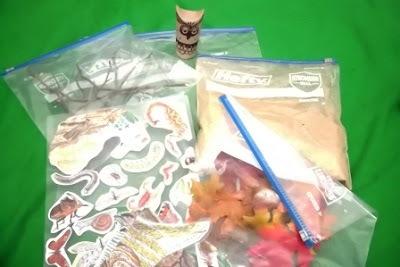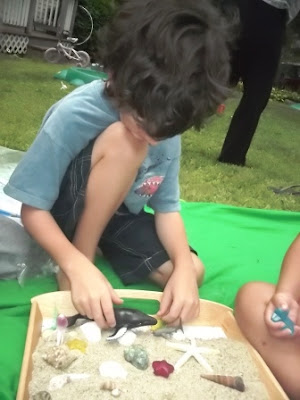So, step right up (or rather, read right through), to enter
for your chance to win a 4-pack of tickets to the longest running Renaissance
Fair in New England, which opens this year on August 31 from10:30 a.m. to 6:00
p.m. on 80 acres of enchanted forest in Carver, MA, and runs weekends and
Monday holidays (Labor Day and Columbus Day) through October 20.
In all honesty, I am thrilled to offer this giveaway, as
well as to take advantage of the opportunity to go to the fair myself this
year. For I always enjoyed King Richard’s
Faire when I went with my parents, nieces and nephews prior to marriage and now
am excited at the potential of introducing it to my own children, who I feel are
at an ideal age and interest level to experience it.
My daughter, who has been listening and reading along with
her brother, as well as enjoying much dramatic play, cannot wait to see a
princess and the shows.
My youngest says he wants to see the big cats and other animals in the Royal Zoo and, perhaps, try a ride or game.
As for my husband and I, we are simply looking forward to
seeing our children’s smiles as they light up among the merriment of entertainers,
artisans
and fellow fair goers. That, and, of
course, seeing how the fair ignites our children’s imaginations and acts as a
catalyst for further Renaissance period learning fun.
But enough about us, let’s get to YOU and your family...
Win Free Tickets to
King Richard’s Faire
You can enter to win two tickets good for September dates 9/7&8,
9/14&15 or 9/21&22. now through Monday, August 2, 2013 at 11:59 p.m.
EST using the Rafflecopter below.
Please note: This
giveaway is open to people 18 years of age or older with U.S. addresses only who will be
physically able to attend to fair on one of the aforementioned dates.
One winner will be randomly selected and notified by email. That person will have 24 hours to respond or
another winner will be selected. Final winner
may request the tickets be mailed to them or may choose to come pick up the
tickets directly from me (one town over from Carver.)
a Rafflecopter giveaway
Get Thee to the Fair!
Regardless of if you win the giveaway or not, I encourage
you to check out King Richard’s Faire.
Full-price tickets are $28 for adults, $16 for ages 4-11,
and free for those under four.
If you cannot wait to win tickets – or don’t end up the
giveaway winner, go here
to purchase advance tickets, click here to save $2
off an adult's admission to King Richard’s Fair on opening weekend, take
advantage of Military
Discount Day on September 1 or simply purchase tickets at the gate.
For planning purposes, please note that pets and outside
food and drinks are NOT allowed on fair grounds, yet you won’t go hungry! Typical period and fair food, as well as
vegan and gluten free menu options are available for purchase. (View the full menu here.)
Also, should your family be conservative like mine, you may want to plan which
weekend you visit the fair based upon the special event
that is happening that weekend:- Saturday Sept. 7th: Cleavage Contest
- Saturday, Sept. 14th: Vow Renewal Ceremony
- Saturday Sept. 21st: Royal Ink Tattoo Contest
- Saturday, Sept. 28th: Prince & Princess Contest
- Sunday, Sept. 29th: Game of Thrones Ascent Fanfest
- Saturday, October 5th: Beard & Mustache Contest
- Saturday, October 12th: Children's Fairies and Pirates Costume Contest
- Saturday, October 19th: Adult Costume Contest
Obviously, as fair guests get into the sprit of particular weekends
through dressing up (or donning various stages of partial undress as the case sometimes
is), some weekends may be more enjoyable for conservative families than others.
Notes and Disclosure:
- All fair images are courtesy of and credited to King Richard’s Faire (since I cannot for the life of me find my own snapshots of the last time I went about seven years ago!)
- I received 4 free tickets for my family as well as the 4 I am giving away in return for this honest promotion and I am excited that I did. I cannot wait to experience the fair with my children and feel blessed to give you and yours an opportunity to experience it, too!
- I have included affiliate links to Amazon in this post. If you follow any and make a purchase, it will not cost you any extra, but will give me and mine a chance to earn a tiny amount of money. Thank you!

























